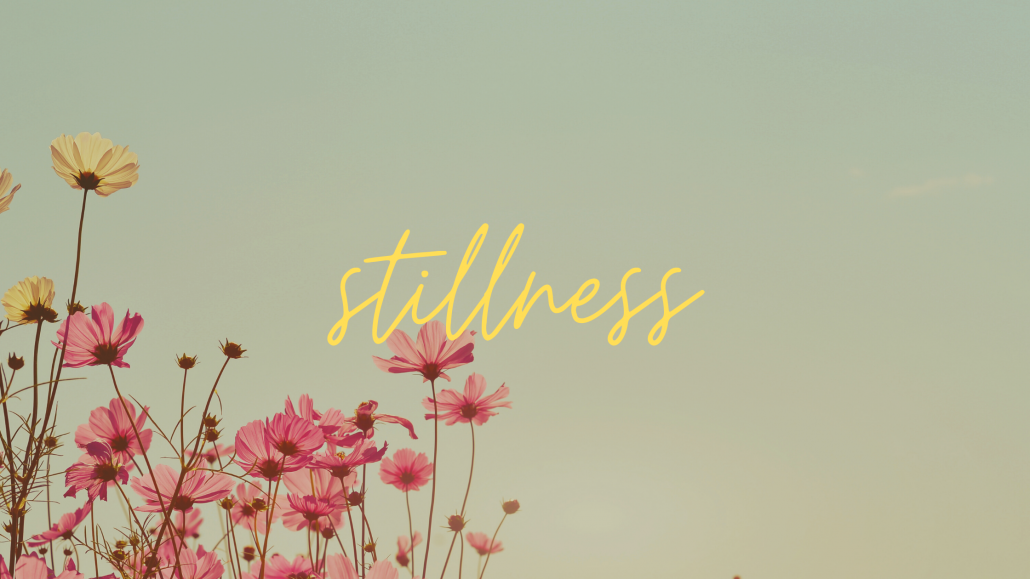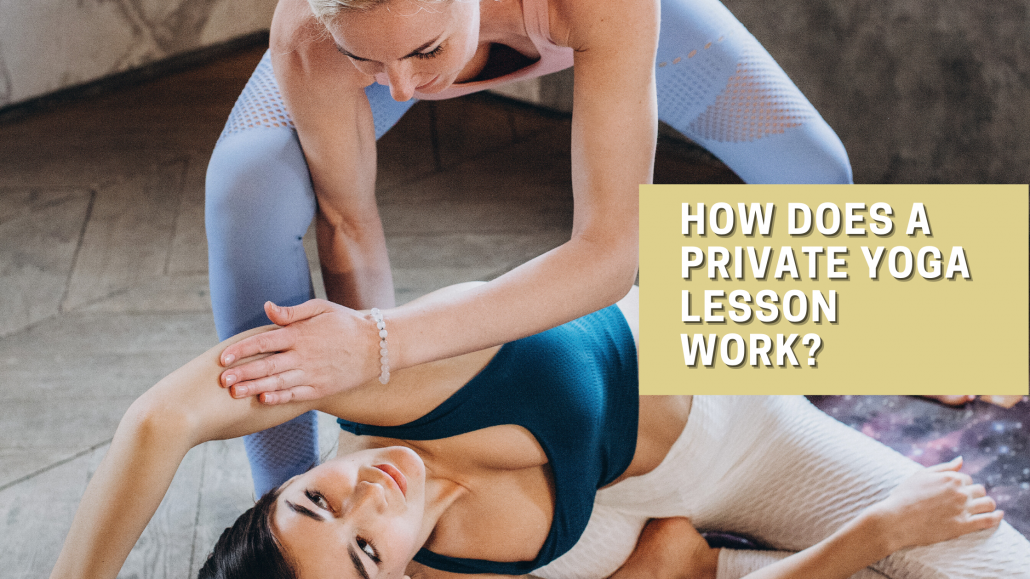STILLNESS
Interestingly enough, one of the reasons we practice poses, or ‘asanas,’ in yoga is to help our bodies become supple enough to do the opposite: to sit in stillness and meditation.
Take a minute to think about the last time you sat in complete stillness, without wondering what you were going to cook for dinner or how you were going to accomplish all your weekend activities. We’ve talked before on the blog about busyness and the way yoga and breath can decrease stress, depression, and anxiety, but today I want to focus on one of the hardest components of yoga: stillness.
Stillness is a skill. And like any skill, it takes practice.
WHY IS IT SO DIFFICULT TO BE STILL?
Often, we’re instructed to “relax” and sink into a resting pose. As many of us can attest, “just relaxing” is a complex request. When we stop thinking about our breath, legs, core, and post-yoga plans, all kinds of scary thoughts can creep up to the surface. Mindful stillness is so challenging, you guys – even for the most experienced yogis.
Over time, our busy lives leave us feeling exhausted, frustrated, and out of control. Yet, being alone with our deeper thoughts can be painful – so we tend to do whatever necessary to avoid moments of stillness. We add in activities and accept additional projects at work; we watch tv or turn on music when we’re home alone. While none of these activities are wrong in themselves, refusing to grant ourselves moments of genuine rest reduces our coping skills, sense of self, and even our relationships.
HOW CAN WE PRACTICE STILLNESS?
This is why we infuse our yoga practice with moments of rest. We use child’s pose, sukhasana (an easy seat), mountain pose, and, of course, savasana to coax our bodies into stillness. Yes, it’s great to get active, to warm up the body, and to get nice and sweaty, but it’s equally important to do the opposite: create quiet and peace within the body.
The pause we take during these poses is not about falling asleep, hanging out, or waiting for the next movement. The pause is designed to foster a full awareness of our body and the way things are right now. We witness our breath flowing through our limbs, the way our heart beats, and the changes and evolutions that our bodies and minds go through.
When we do this, we experience an emotional release – from the day, from our stress or anxieties, from difficult relationships, and any multitude of other daily circumstances.
CREATING STILLNESS OFF THE MAT
Though we often are forced into moments of stillness when we step onto our mat, we don’t always allow our bodies and minds to totally obey, still retracting to those pesky thoughts and concerns. Not only do we each have room to improve on the mat, but we also need to put this into practice in our daily lives.
I know, adding time into your daily life for stillness sounds daunting if not downright impossible. Start small, with only five minutes of focused inactivity. Maybe you set your alarm for five minutes earlier each morning and spend some time in meditation or prayer. Or block out a five minute break at work and find an empty room with no distractions. Or commit to staying off your phone in the half hour leading up to bedtime to make stillness at night easier.
Whatever you attempt, remember that your mind will continually try to rebel – but with practice you can help quiet it.
Find time for rest. You totally deserve it.



